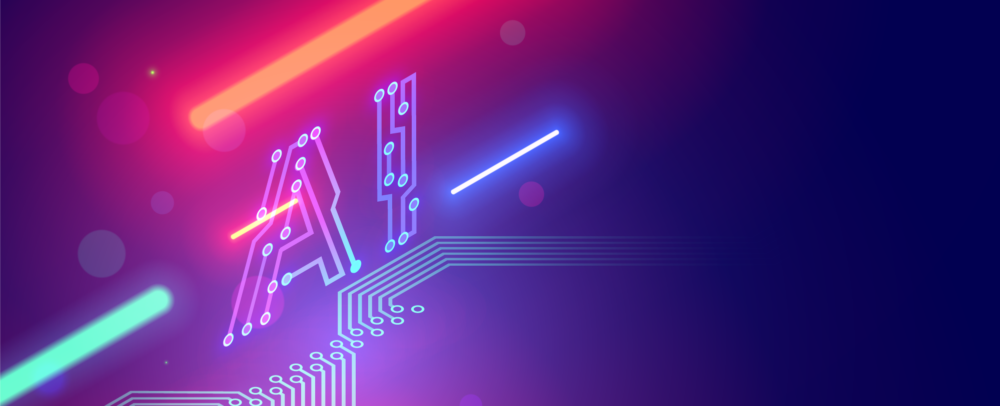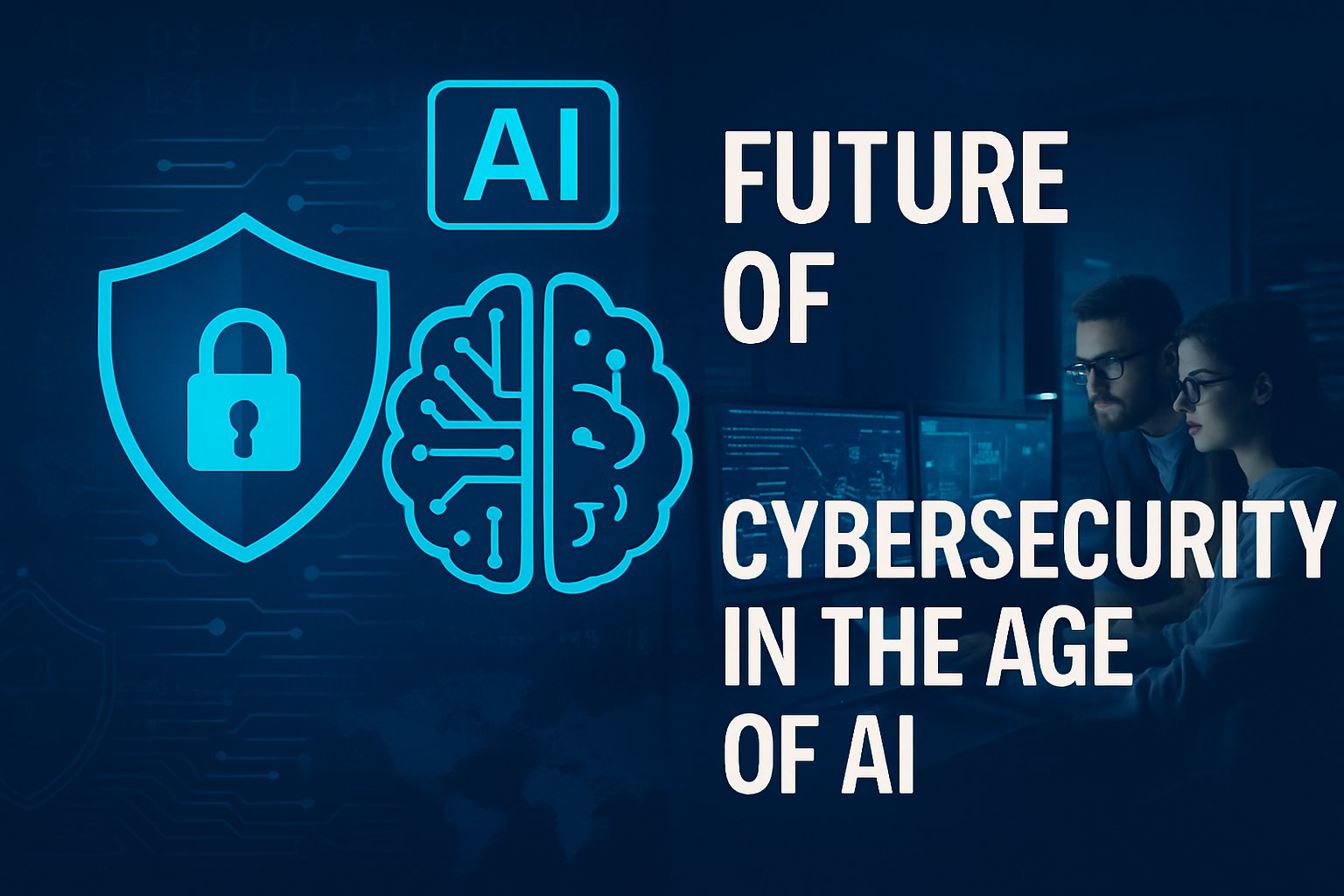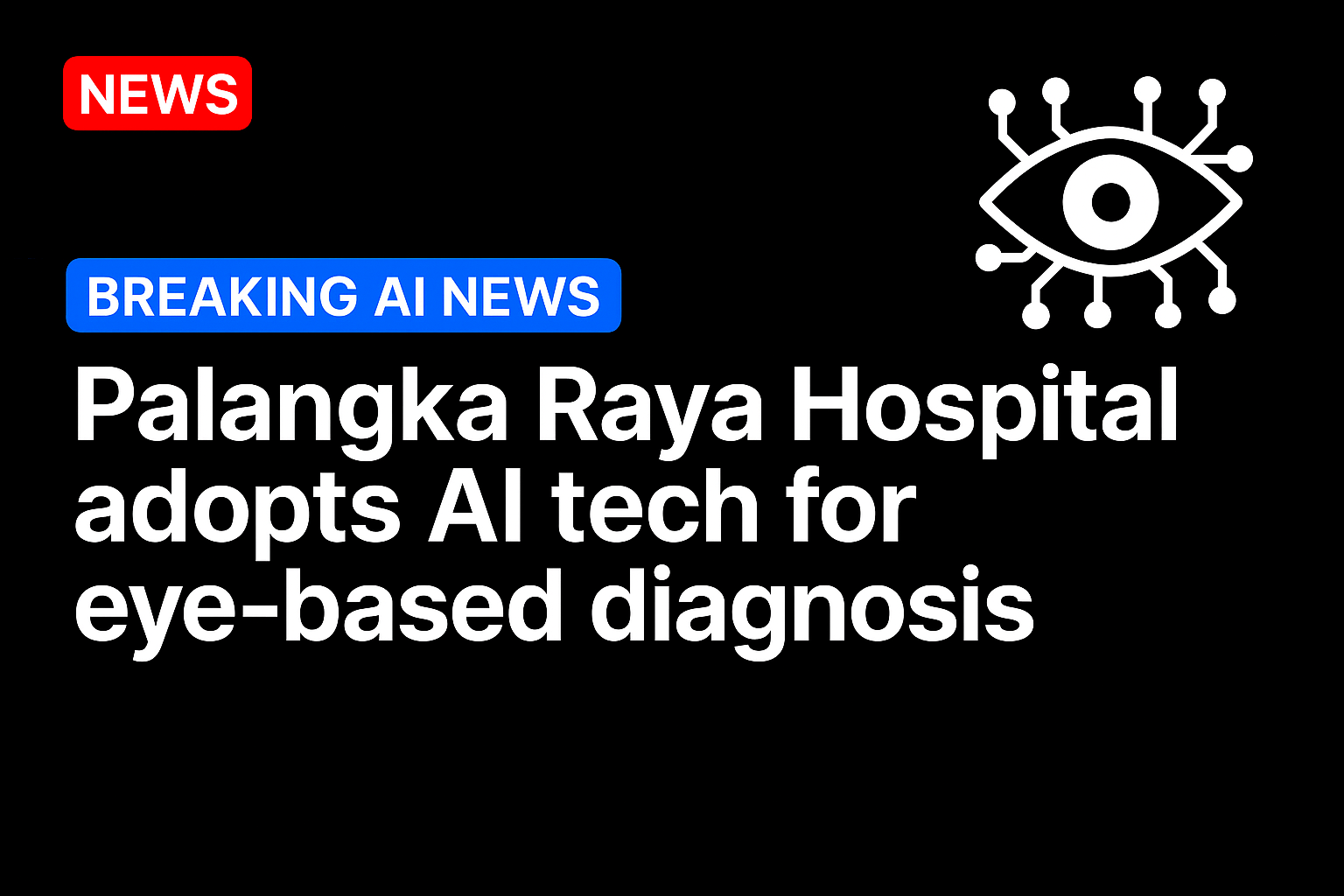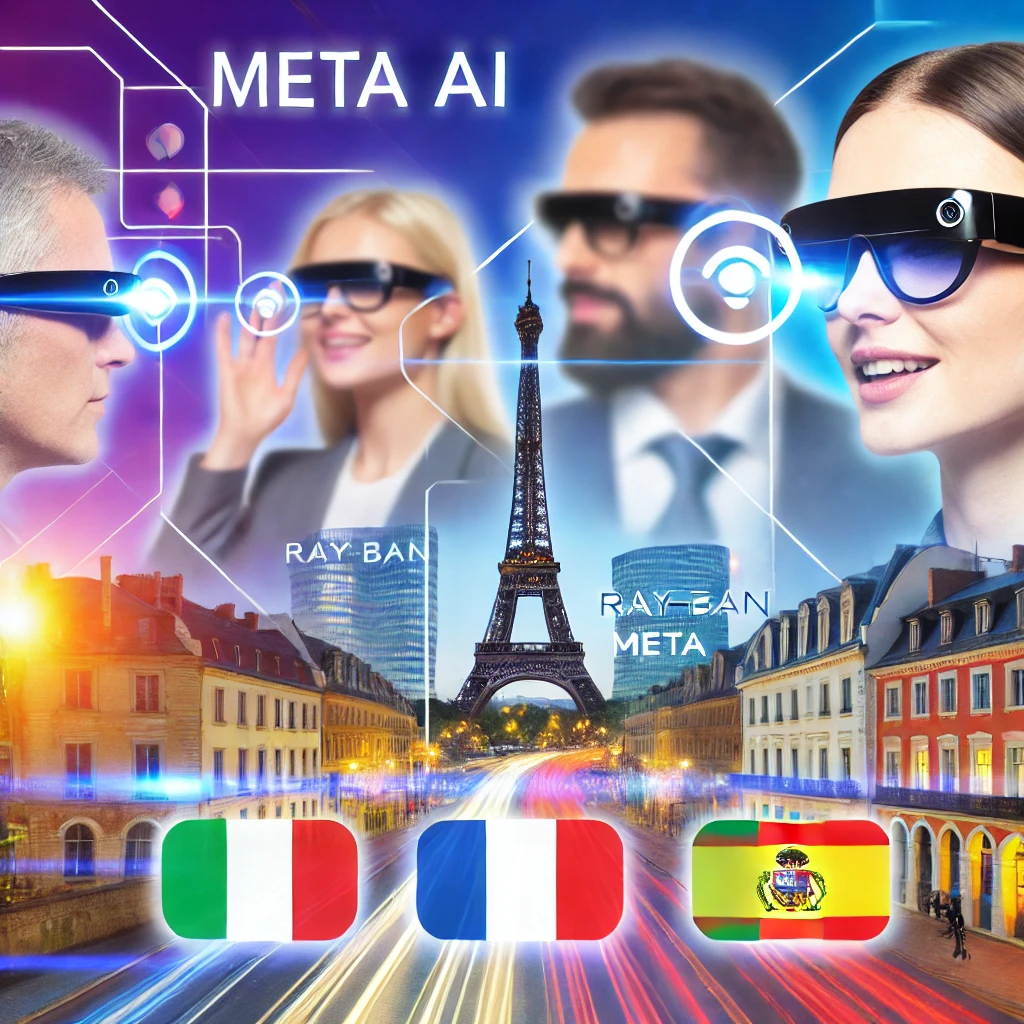IN just a few years, rapid advances in artificial intelligence have reshaped nearly every industry, including cybersecurity. The fast-moving evolution of AI has prompted IT and business leaders to revisit core aspects of their operations — ranging from workload management and DevOps to workplace mobility and security.
Understanding how to plan for the continued growth of AI and cloud adoption — and how to incorporate agentic AI into cybersecurity defenses while protecting against its misuse — has become a critical priority for today’s enterprises. For the C-suite, securing a constantly shifting digital infrastructure is no longer just a technical challenge — it’s a business imperative.
To address the challenges and opportunities posed by AI in cybersecurity, Check Point chief executive Nadav Zafrir led a panel discussion at the RSA Conference (RSAC) 2025. The panel featured leading figures in enterprise cybersecurity: Gee Rittenhouse, vice president of Enterprise Security Services at Amazon Web Services; Daniel Rohrer, vice president of software product security at Nvidia; Ami Luttwak, co-founder and chief technology officer at Wiz; and Nataly Kremer, chief product officer at Check Point.
Rise of agentic AI
As AI systems grow more autonomous, machines are beginning to make decisions in real time, without direct human input. This emerging class of technology, referred to as agentic AI, presents both powerful capabilities and serious complexities. These agents can protect systems — or, in the wrong hands, become a threat themselves.
Rohrer emphasized the scale and challenge of deploying agentic AI effectively. “The scale-out of agentic AI is incredible, but we need scalable trust models to align with these,” he said. “For fully autonomous agents, we will need more observability and boundaries. Human intervention or AI agent intervention will be needed to manage risk.”
Luttwak agreed with the concerns but offered a hopeful outlook. “Agentic AI can give defenders more power because they can have hive knowledge. Once we see one attack, this information can be shared across the world instantaneously and these attacks can be automatically prevented,” he said. The idea of “hive knowledge” suggests a future where security agents collaborate at machine speed, stopping threats before they spread globally.
Even as security technology advances, attackers continue to rely on familiar tactics — phishing, stolen credentials, and social engineering. These longstanding techniques remain effective, but defenders now have access to AI-driven models capable of identifying and neutralizing them at scale.
“There is a set of attacks in the world that are known, and AI holds the potential to fully eliminate these threats, which account for the vast majority of attacks,” Luttwak said.
With AI’s ability to automate threat detection and response, many of these legacy threats may finally be addressed systematically.
Broader attack surface
The expansion of cloud computing, hybrid infrastructure, edge devices, and on-premises systems has created a far more fragmented and complex digital environment. Cybersecurity teams now need to monitor and secure an ever-growing array of systems, each with its own vulnerabilities.
Kremer spoke directly to the challenge. “The scale of AI innovation is set to explode, and with it the cybersecurity landscape is going to expand exponentially. We have to protect cloud, hybrid cloud, on-prem, edge,” she said.
“There are differences in protecting traditional versus AI workloads,” she added, underscoring the need for security strategies tailored to specific environments.
Speed a security factor
One of the panel’s key concerns was the speed at which cyberattacks — and defenses — now operate. With AI on both sides of the conflict, response times are shifting from minutes or hours to mere milliseconds.
“How are we preparing for instantaneous attacks? We’ll probably have AI defend agents versus AI attack agents,” said Rittenhouse. “In this scenario, things will happen at a different time scale than now. If this materializes, the entire cyber industry will change.”
He added, “Patching strategies that exist today will no longer work because of the pace of AI. There will be a mixture where hardware will become more critical combined with agents sitting on top.”
Rohrer echoed the need for systems built to withstand the speed and scale of future threats. The industry, he said, must focus on infrastructure that supports observability and proactive interventions — whether human- or machine-led.
Collaboration and guardrails
All panelists agreed that to ensure the safe evolution of AI in cybersecurity, the industry needs clear standards and collaboration.
“A joint standard for AI should be a requirement for us to move forward,” Rittenhouse said. “I feel so positive about the collaboration and teamwork within our industry and among chief information security officers (CISOs), and this gives me great confidence that we can create the right guardrails for AI.”
Kremer added that innovation must be built on a foundation of safety and trust. “The biggest disappointment would be if we don’t use AI to dramatically improve productivity. But this won’t happen if it’s not safe — and cyber partners need to provide the tools to do this better,” she said.
From complexity to capability
The convergence of AI, cloud computing, and cybersecurity marks the start of a new digital era. While the risks are rising, so are the possibilities.
“Once we can give the power and information about unknown attacks or zero-day attacks immediately following an attack, these attacks should then be able to be automatically prevented everywhere as AI communicates this information around the world,” Luttwak said. “That’s my optimistic view for the future of agentic AI and security.”
As AI redefines the cyber threat landscape, businesses must adopt collaborative frameworks and security models that scale with innovation. The time to modernize cybersecurity strategies is now.
Source: https://www.manilatimes.net/





